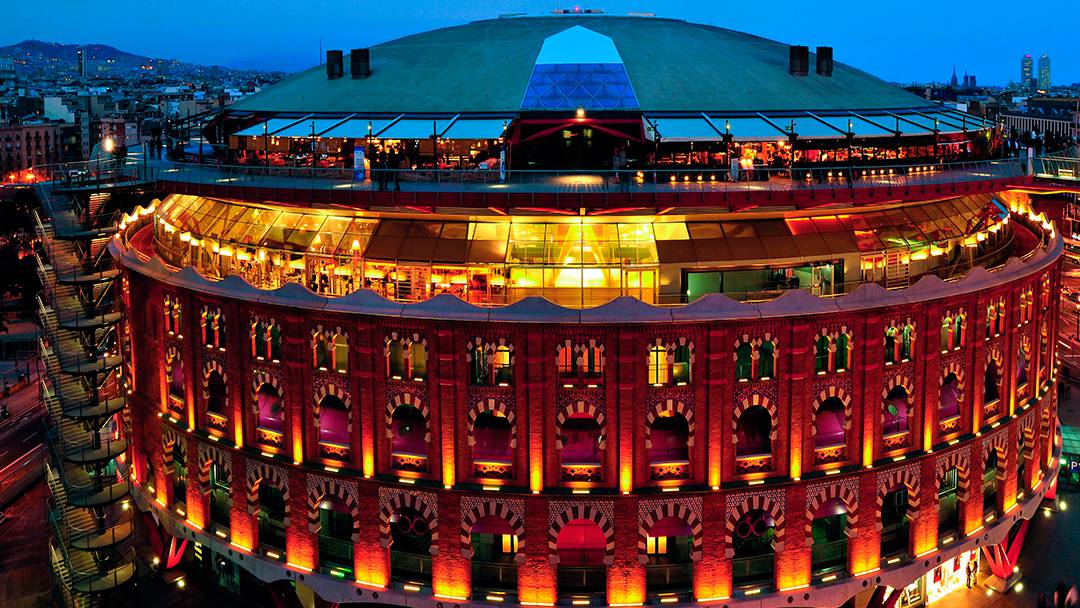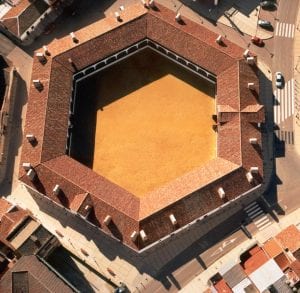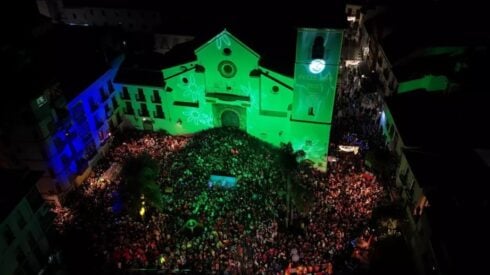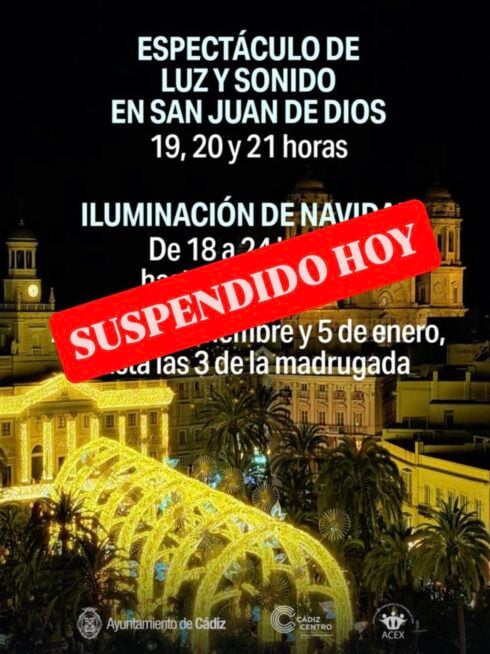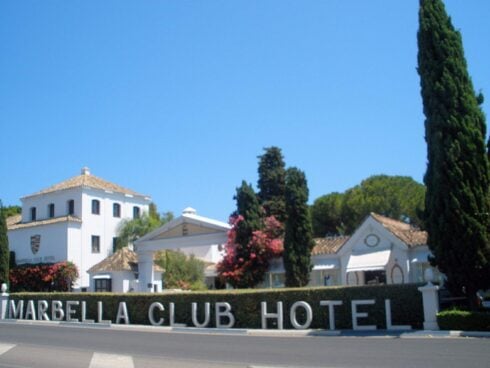IT is the controversial tradition that has divided a nation and horrified and amazed tourists in equal measure.
But one thing cannot be disputed – Spain’s bullrings offer some of the most incredible architectural delights the country has to offer.
As Malaga commits to revamping its white and yellow-clad facade, and with Puerto Banus pledging to turn its famous bullring into an arts and gastronomic venue, plazas de toros nationwide are going through a cultural metamorphosis.
Some seven years after matadors hung up their red muletas for the last time in Catalunya, its bloody battlegrounds have become shopping hubs, while those abandoned in other regions have become bustling hotels and restaurants.
Here the Olive Press rounds up the ringleaders of this no-bull restoration movement.
Las Arenas, Barcelona
Undoubtedly the prize for he most famous transformation goes to Las Arenas, in Barcelona’s iconic Plaza de Espana. What was once a site of bloodshed has become a modern shopping and leisure centre, featuring a 100m diameter dish with a roof terrace offering unbeatable panoramic views of the city’s skyline.
Designed by British architect Richard Rogers, the 19th century building was reopened in 2011 – one year after the Catalan Parliament voted to ban the ‘sport’.
Despite falling into disrepair in the 1990s, the neo-Mudejar facade was perfectly preserved and lifted above street level to create the impressive site it has become today.
 Tarraco Arena Plaza, Tarragona
Tarraco Arena Plaza, Tarragona
Looking like a spaceship straight out of Close Encounters of the Third Kind, Tarragona’s futuristic Tarraco Arena Plaza comes in at a close second. Originally designed in 1881 by architect Ramon Salas, the 32-metre high building was modelled on Madrid’s famous plaza de toros.
The unused historic site was renovated in 2006 for a cool €18 million with a convertible roof and capacity for a whopping 10,800 people.
Now, it holds mega concerts, sports events and its epic annual Castells Competition where hundreds of ‘castellers’ compete to build the biggest human pyramid.
 Hotel Plaza de Toros de Almaden, Ciudad Real
Hotel Plaza de Toros de Almaden, Ciudad Real
Not many can say they have rested their head where matadors once stepped into their suits of lights before taking on a bull.
In the sleepy town of Almaden in Ciudad Real, the four-star Hotel Plaza de Toros is one of the most original lodgings in Spain, boasting 24 rooms originally intended for miners working in the area in the 18th century.
Built in 1752, the luxury hotel was declared a UNESCO World Heritage Site in 2012, largely due a one-of-a-kind feature – the hexagonal shape of the internal bullring. The building also features El Trapio restaurant incorporating the torero theme with a terrace backing onto the old yellow ring – the perfect spot for a ‘sol y sombre’ night cap.
 Restaurante Plaza de Toros, Antequera
Restaurante Plaza de Toros, Antequera
Nestled below Antequera’s bullring, with sloping wooden beams, winding corridors and torero memorabilia, the Restaurante Plaza de Toros seats some 200 diners. The building, which opened in 1848, also hosts a museum dedicated to the history of the tradition.
Interestingly, the ring above still hosts bullfights, particularly during annual festivals in May and August, meaning diners get more than their meal’s-worth if they book a table during those months.
 Mercado Gastronomico de San Albin, Merida
Mercado Gastronomico de San Albin, Merida
Another bullfighting-themed eatery attracting travellers from far and wide is housed between the walls of Merida’s red-washed 20th century bullring. Transformed into a gourmet street market, each original alcove features individual stalls serving up the best in Spanish tapas.
Reopening in 2015, the Badajoz architectural gem still holds corridas, as well as a summer cinema and concerts.
 Plaza de Toros, Ronda
Plaza de Toros, Ronda
Widely regarded as one of the oldest and most beautiful rings in Spain, Ronda occupies a special place in modern Spanish culture and history, being the birthplace of the Rondeno style of bullfighting.
Construction began in 1779 and was designed by Jose Martin de Aldehuela using only stones – unusual for most Spanish bullrings. Some years later, the grand main entrance – wide enough to fit horses and carriages – was completed with the royal shield of Spain surrounded by baroque edging. Although the ring has space for only 5,000 spectators, the rueda – the large circle of sand in the centre – is the largest in the world at 66 metres in diameter.
Still hosting bullfights, the site holds the Museo Taurino, dedicated to matador regalia and weapons used during Spain’s many wars.
Which bullring is the oldest in Spain?
It’s the million dollar question no one seems to know the answer to.
Sevilla’s stunning La Maestranza is often considered the oldest, with construction commencing in 1761 and finishing in 1785.
Others argue that Ronda takes the crown for hosting the first official corrida in 1784.
But the real winner is, in fact, Bejar’s El Castanar Plaza de Toros in Salamanca, where the first bullfight was held in 1667 in an improvised square enclosed with granite stones and wood.
It was no architectural beauty but a local Duke granted permission to replace the makeshift ring with a real one in 1711, which still stands today.
Surprisingly, the world’s first bullring was not built in Spain.
Jalisco’s Rodolfo Gaona in Mexico takes the crown, having opened in 1687.
And Peru’s Plaza de Toros de Acho in Lima – a national historic monument – is third oldest in the world, dating from 1776.
Click here to read more Olive Press Travel News from The Olive Press.

